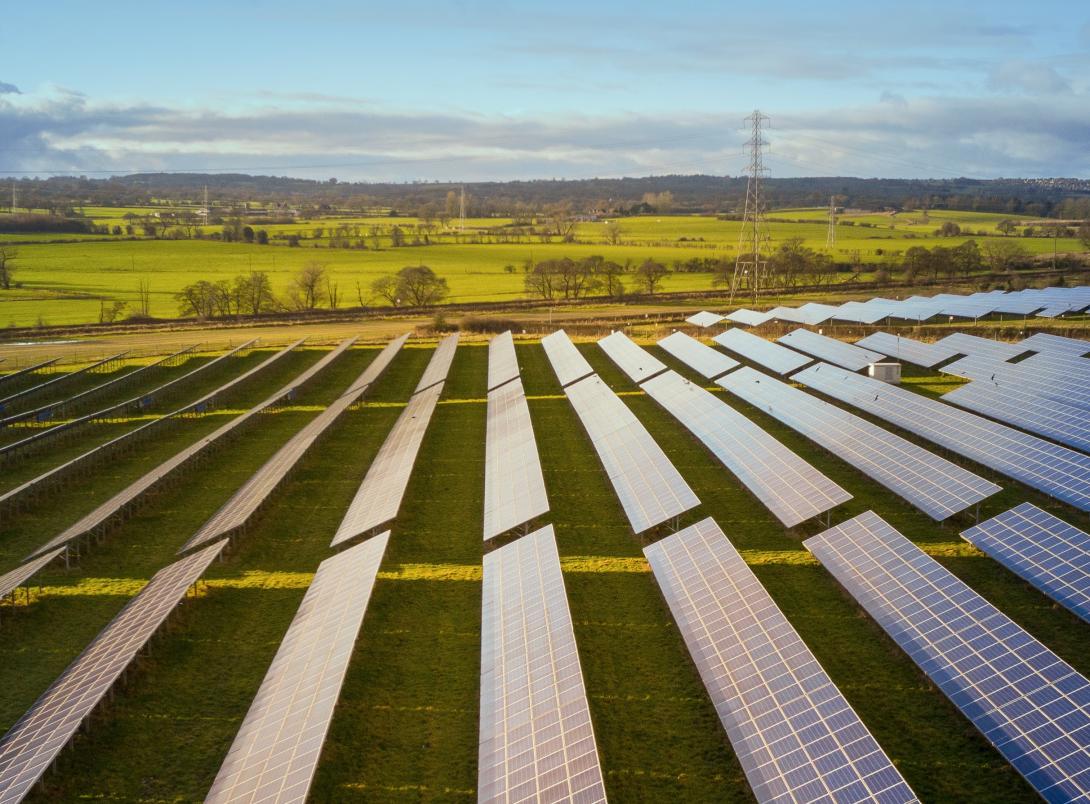https://solarquarter.com/2023/04/14/microwave-annealing-offers-new-recycling-opportunities-for-solar-panels-research/
Microwave Annealing Offers New Recycling Opportunities for Solar Panels: Research
Researchers from Australia’s Macquarie University have discovered that using microwave radiation to anneal solar panels could lead to significant energy savings and a new way of recycling used panels.
The selective heating of silicon within the panel using microwave radiation is quick and effective, leaving the rest of the panel unaffected. As a result, the plastic coating that protects the silicon plate from moisture and contamination softens, allowing it to be peeled off and the plate delaminated. The process is less energy-demanding and produces less contamination than traditional methods of solar panel recycling, which typically involves washing the panels with chemicals at high temperatures. Governments are calling for an increased amount of recycling of solar panels as the number of panels installed 20-30 years ago reaches the end of its life and needs to be decommissioned.
Microwave annealing also has several other advantages, such as selective and highly tuned heating, allowing for more intricate internal structures to be fabricated for special purposes. In contrast to an oven, microwave annealing takes place in a clean environment with fewer chemicals. The project was initiated with funding from the Australian Centre for Advanced Photovoltaics and has been further supported by the Australian Government through the Australian Renewable Energy Agency.
Associate Professor Shujuan Huang, one of the co-authors of the annealing paper, is leading another group at Macquarie looking at microwave annealing in perovskite solar cells. The microwave radiation produced more efficient solar cells than conventional annealing methods, but the reason is currently unclear. Perovskites, a group of crystalline minerals with semiconductor properties, are being considered for use in solar cells in the future because they are lightweight, flexible, and cheap to produce.
The study was conducted in collaboration with the School of Photovoltaics at the University of New South Wales. The technology’s patent is pending, and researchers hope it will provide a new way of recycling used solar panels in a more sustainable manner.







